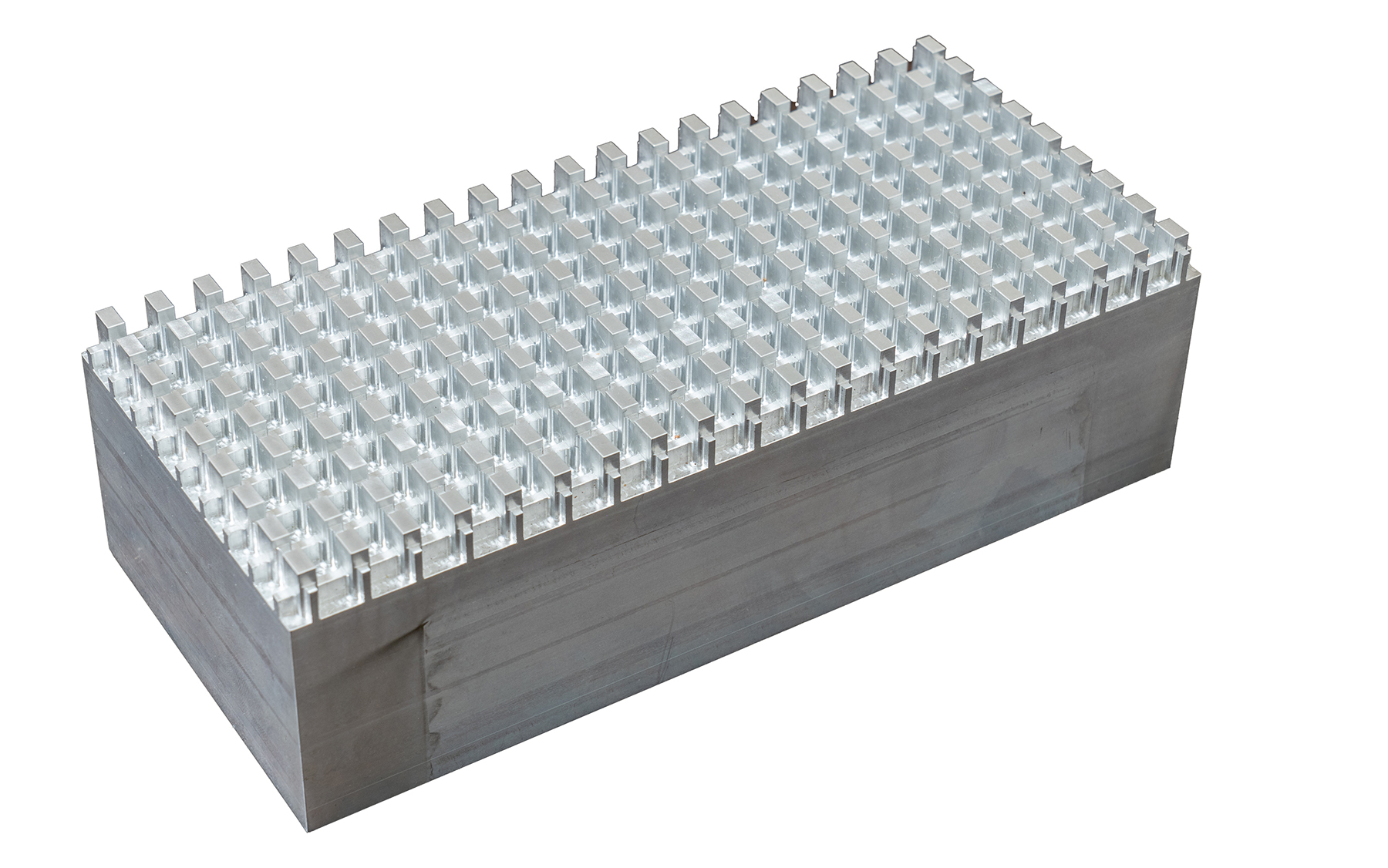By David Jen
Exotic materials born of physics curiosities could help protect buildings from earthquakes.
By steering seismic waves away from structures, this new form of so-called seismic cloaking could prevent damaging energy from ever reaching a building, according to a research collaboration between the University of Missouri, the Beijing Institute of Technology, Ningbo University, and Yeshiva University.
Guoliang Huang, Ph.D., the Huber and Helen Croft Chair in Engineering at the University of Missouri and member of the research team, has focused his recent work on using metamaterials for wave propagation and control.
While natural materials, such as metal, rubber, and glass, derive their properties from the chemical bonds between their molecules, artificial metamaterials exhibit unique behaviors through the patterns of their internal structures, somewhat agnostic of the materials they are constructed from.
Metamaterials allow “us to manipulate the energy wave path to go exactly where we want it to go as it travels from one corner of a material to another,” says Huang in press material from the University of Missouri.
Within the last decade, waveguiding metamaterials have begun to find applications in such fields as optics, acoustics, and mechanics, when engineered through the lens of topology.
Topological metamaterials
Topology, a type of geometry, considers two shapes equivalent if they can be stretched and bent to look like each other through a series of continuous changes. The classic topologist’s example equates a coffee mug with a ring-shaped doughnut. Each shape contains only one hole — one in the mug’s handle and one in the doughnut’s center — allowing a continuous series of deformations to transform one into the other without changing the number of holes. The two are the same if all you care about are holes. But transforming either shape into something with multiple holes, like a pretzel, would require discontinuous changes and therefore break the equivalence.
When applied to physics, the ideas governing topological geometry have been useful for studying systems with solutions that exhibit integer-valued quantities, where groups of continuous states are separated by discontinuities.
The quantum Hall insulator, for example, is a 2D film that exhibits the quantum Hall effect, in which its resistance changes in stair-step fashion if an external magnetic field is varied continuously.
As an engineer, Huang became interested in leveraging these topological phenomena on a larger scale.
“Using the same principles, we can adapt to, for example, acoustic waves or mechanical waves or seismic waves because the governing equations are very similar,” he says.
Sound guidance for seismic waves
In 2021, Huang and his team shared research detailing a metamaterial capable of precise acoustic steering. The blocks they produced ushered internal phonons along preselected paths within the material without any decay in energy. They even allowed for beam splitting, sending the same sound to multiple locations of their choosing within the block.
Following the success with sound waves, the team turned its attention to elastic surface waves, releasing in July new research on a modified metamaterial that can control surface-wave energy.

As part of the research, the team machined an aluminum block with an array of pillar-type resonators interconnected through thin bridges acting as wave channels. Each pillar measured about 1 cm long.
“The metamaterial with pillar-type resonators is regarded as one of the most promising microstructure designs because of their simple structure and process-friendly fabrication,” write the researchers in their Science Advances paper.
By tuning the heights and thicknesses of the bridges, the team was able to steer Rayleigh waves through the array along a programmed path and control the temporal phases of the signals despite random fluctuations in the couplings.
Rayleigh waves, the rolling surface waves of an earthquake, can impart significant damage by moving structures vertically and horizontally as they pass through the ground.
“It is believed that our work breaks ground for engineering applications, where the couplings in a space-modulated mechanical metasurface can be programmed for selective and robust point-to-point transport of surface wave signals,” continues the paper.
Although the demonstration assumed a specific frequency band for the surface waves, active metamaterials are also possible, says Huang. By introducing “smart material” that deforms in response to feedback, systems can respond to a wider range of scenarios. Such smart materials might change shape, stiffness, or even phase in response to electrical or magnetic inputs.
Earthquakes, however, generate seismic waves within a fairly narrow band of frequencies, generally between 0.01 Hz and 10 Hz, that may avoid the need for the more complex, active metamaterials.
Seismic cloaking
Huang envisions a bed of the new metamaterial between the Earth’s surface and a building, steering seismic waves through the metamaterial and away from the building.
While conventional seismic protection dampens structural movements with counterweights or decouples buildings from the ground, precision waveguiding remains relatively unexplored. And with the manufacturing simplicity of passive metamaterials, Huang hopes the research will lead to cost-competitive protection solutions.
The University of Missouri identifies the waveguiding demonstration as still early in its development and “simply a building block for other scientists to take and adapt as needed.”
Huang is investigating the metamaterial’s applications in aerospace engineering, where the pressure waves within a supersonic aircraft must be carefully controlled.
This article is published by Civil Engineering Online.



